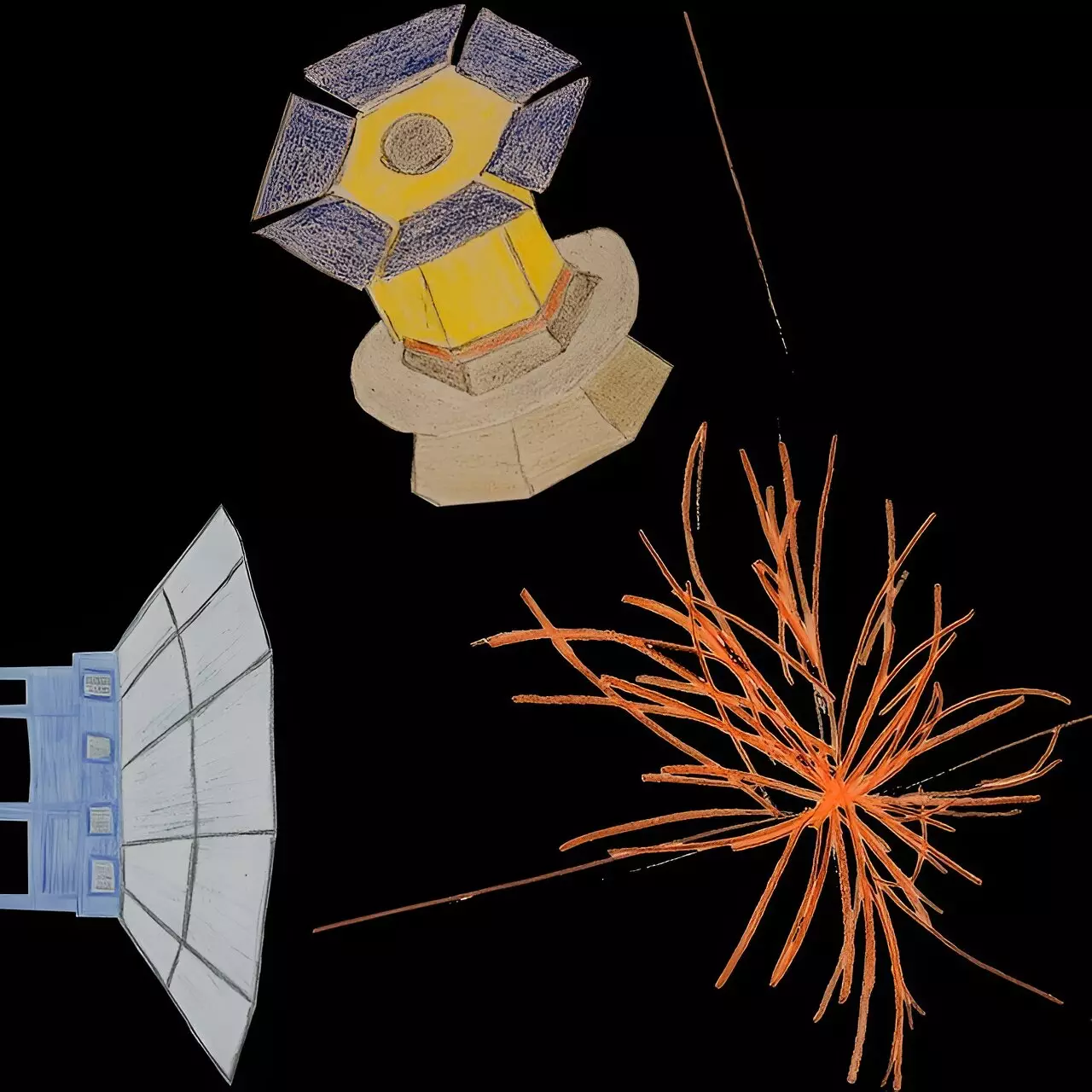Astrophysical research has been evolving over the years with various large-scale projects coming to the forefront. Among these projects, cosmic microwave background (CMB) experiments have gained significant attention. These experiments are focused on detecting and studying CMB radiation, which originates from the early universe. Recently, researchers at Université Catholique de Louvain in Belgium have shed light on the potential of upcoming CMB observations to measure the coupling of the inflaton field to other particles, thereby exploring the connection between cosmic inflation and particle physics.
The Standard Model of particle physics has been successful in describing elementary particles and their interactions. It is intriguing to observe how these laws hold not only on Earth but also in distant regions of the cosmos and during the early moments after the Big Bang. Researchers Marco Drewes and Lei Ming are fascinated by the connection between particle physics and cosmology, which has led them to delve deeper into the exploration of New Physics beyond the Standard Model.
Cosmic reheating is a crucial process that followed the inflationary expansion of the early universe. It involves the filling of the universe with a hot plasma, setting the stage for the “hot Big Bang” that led to the formation of our universe. Previous studies have explored the concept of cosmic reheating and its implications on the universe’s initial conditions. Drewes and Ming’s research takes a step further by investigating how data from CMB observations can provide insights into the connection between cosmic inflation and particle physics.
To model the process of reheating, researchers rely on techniques rooted in particle physics, quantum field theory, and statistical mechanics. Drewes and Ming have utilized the Schwinger-Keldysh formalism in their previous works to describe nonequilibrium quantum processes. This method allows them to identify conditions under which the inflaton coupling can be constrained using CMB data. By applying Bayesian statistics and leveraging the sensitivity of future detectors to primordial gravitational waves, the researchers aim to determine the feasibility of measuring the inflaton coupling in upcoming CMB experiments.
The results of Drewes and Ming’s analyses highlight the potential of future CMB experiments in probing the connection between cosmic inflation and particle physics. Their findings indicate that experiments like CMB-S4 or LiteBIRD could offer valuable insights into the fundamental coupling constants that govern the interactions in the early universe. By including additional observables such as non-Gaussianities and the running of the spectral index, researchers can further enhance the information obtained from CMB data.
The research conducted by Drewes and Ming opens up new avenues for exploring the intersection of cosmic inflation and particle physics. Their work underscores the significance of upcoming CMB experiments in unraveling the mysteries of the early universe and shedding light on fundamental aspects of physics. The implications of their study may pave the way for future advancements in astrophysical research and garner support from funding organizations like the National Science Foundation to further studies in CMB observations.


Leave a Reply